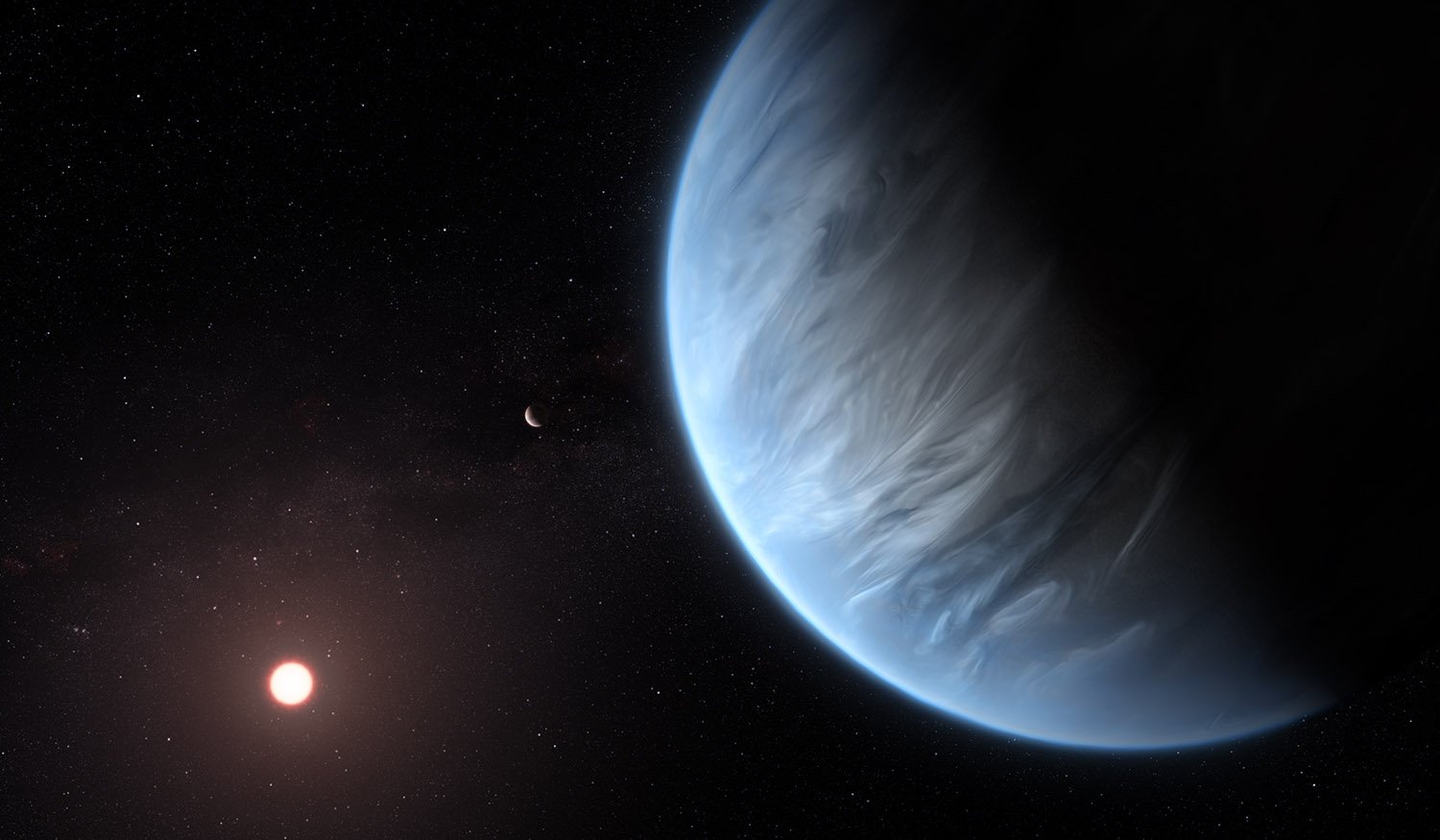Are Saturn’s rings actually young?
In the paper, published today in Nature Astronomy and presented at the EPSC-DPS Joint Meeting 2019 in Geneva, the authors suggest that the rings look much younger than they actually are, because there is a process that preferentially eject dusty and organic material out of Saturn’s rings. Cassini’s dive through the rings during the mission’s … Read more









